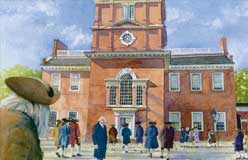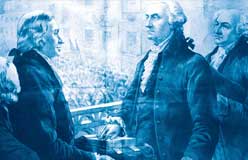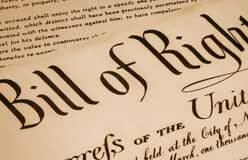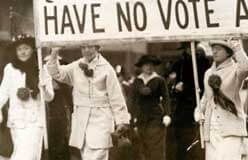Free
Since the Bill of Rights, more than 11,000 amendments have been proposed. Seventeen have been ratified by the states, for a total of only 27 amendments to the Constitution.
This shows how hard it is to amend the Constitution—which is what the men who drew up the Constitution intended. They wanted a flexible document that expressed broad principles, so that it wouldn’t have to be amended often and future generations could interpret it according to changing attitudes and new situations. But some amendments have been necessary.







